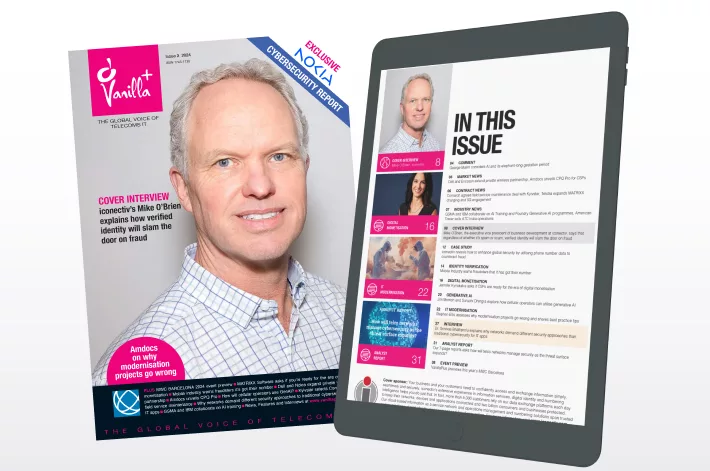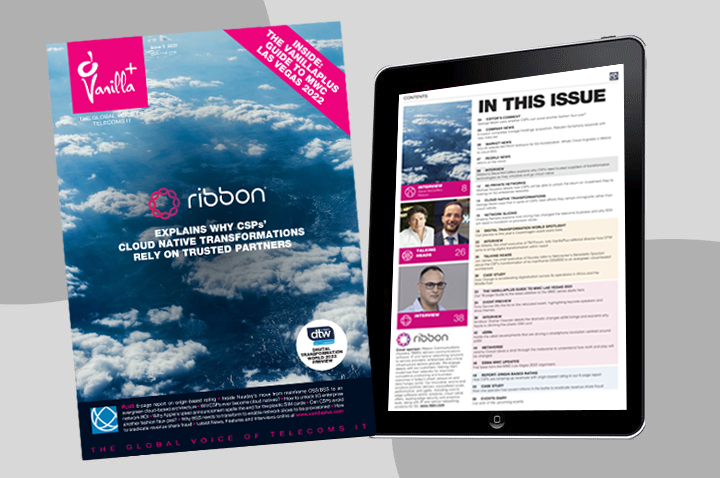The Wireless Broadband Alliance (WBA), in partnership with Maravedis-Rethink, has published its Annual Industry Report for 2016, revealing that the Internet of Things (IoT), the hyper-dense network and 5G will not be economic or practical without the convergence and coexistence of licensed and unlicensed technologies.
Ultimately, success will depend on unlicensed technologies working in conjunction with licensed networks, enabling new performance levels and flexibility for service providers of all kinds.
Each year, the WBA conducts an industry-wide survey, and puts its findings into a report in order to update the industry on the state of the wireless broadband market. This year’s report focuses on next generation Wi-Fi, the need for convergence and coexistence between unlicensed and licensed technologies, as well as the development of connected cities and city services.
Key findings from the 2016 Industry Report include:
- Nearly 80% of respondents believe they will deploy Next Gen Wi-Fi by 2020, driven by the need to improve quality of experience (QoE), reduce churn, and provide seamless access between Wi-Fi networks, and between Wi-Fi and licensed networks
- The key challenges for companies in developing and deploying wireless services are creating a sustainable business model, ensuring QoE and device availability
- IoT, streaming video/OTT and Wi-Fi calling will be primarily driving future traffic growth
- 63% of respondents believe that convergence will be important to crucial for network strategies, while 71% believe coexistence will be important to crucial.
- Operators remain a key partner for cities, compared to infrastructure vendors or systems integrators, and are key in supporting and providing CAPEX, OPEX, maintenance and revenue sharing or generation
- Dealing with public expectations, privacy and security are concerns and challenges for cities
- Providing connectivity for city services, along with location based services and big data analytics have increased in relevancy and importance.
Furthermore, the WBA’s ‘Roadmap for Coexistence and Convergence in 5G’ market research also supports these findings. While 62% of respondents believe 5G will be a combination of licensed and unlicensed technologies, 88% of respondents believe that unlicensed spectrum technologies are critical for the development of 5G, due to factors such as enhanced throughput, reduced latency, better coverage and lower costs.
“There has been a long history of innovation within the Wi-Fi community, and our latest Industry Report shows there are no signs of this slowing down,” said Shrikant Shenwai, CEO of the WBA. “5G, smart cities, Wi-Fi and convergence and coexistence between licensed and unlicensed technologies are going to play a huge role in the development of networks and in turn, deliver better services for the consumer.”
The 2016 WBA Annual Industry Report is available to download here.
Comment on this article below or via Twitter: @ VanillaPlus OR @jcvplus






